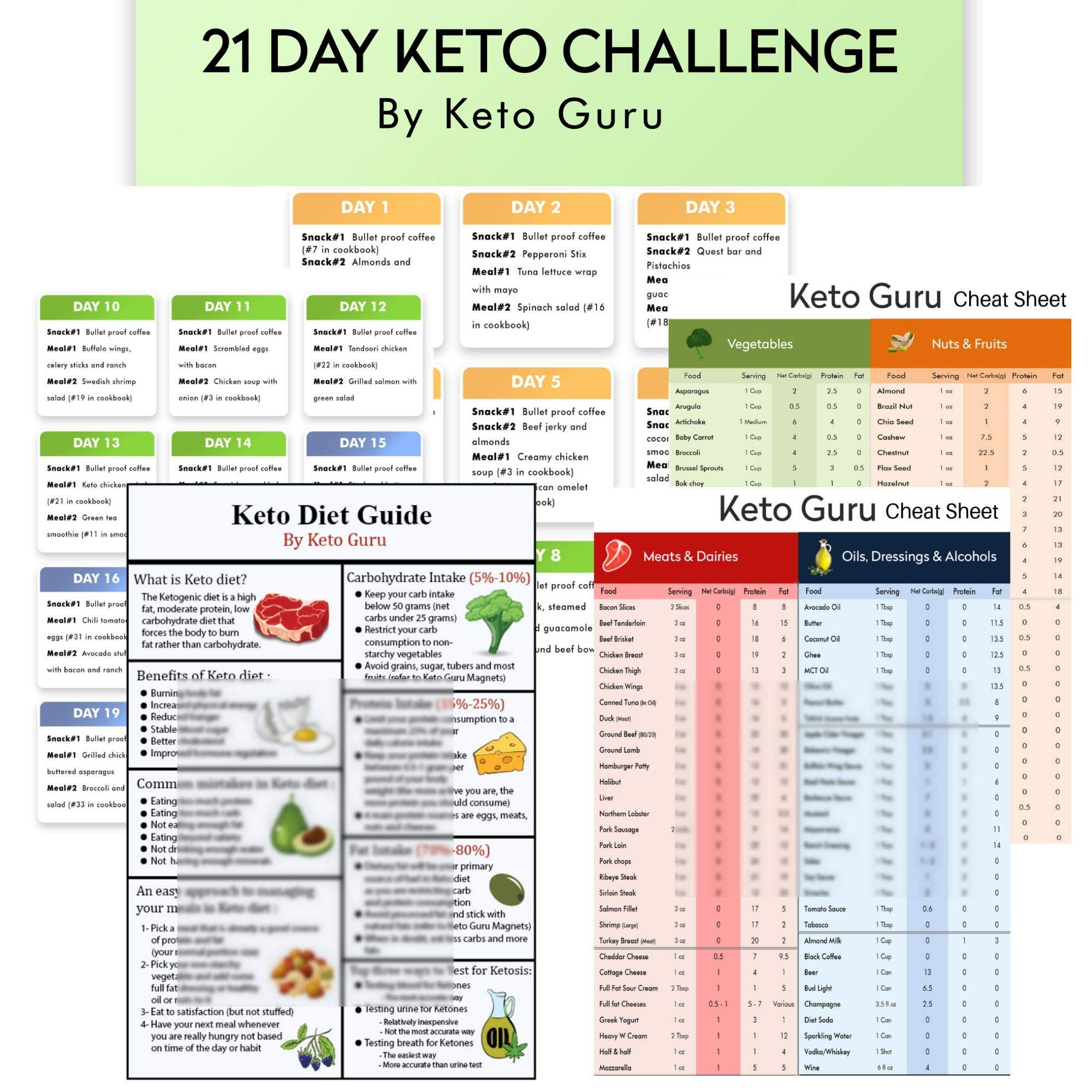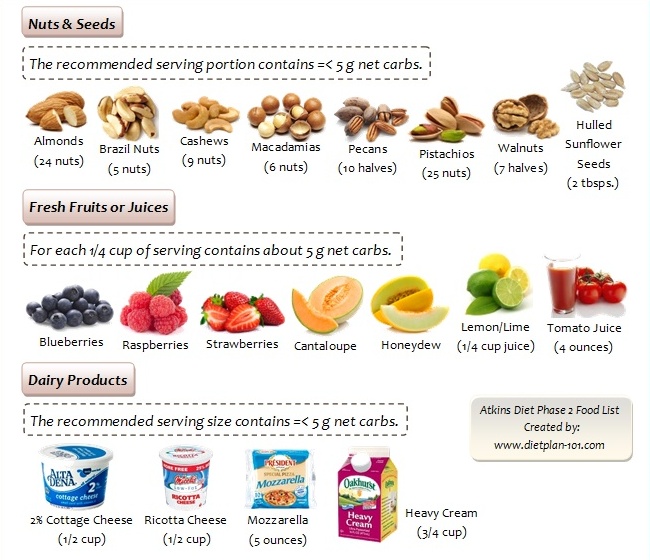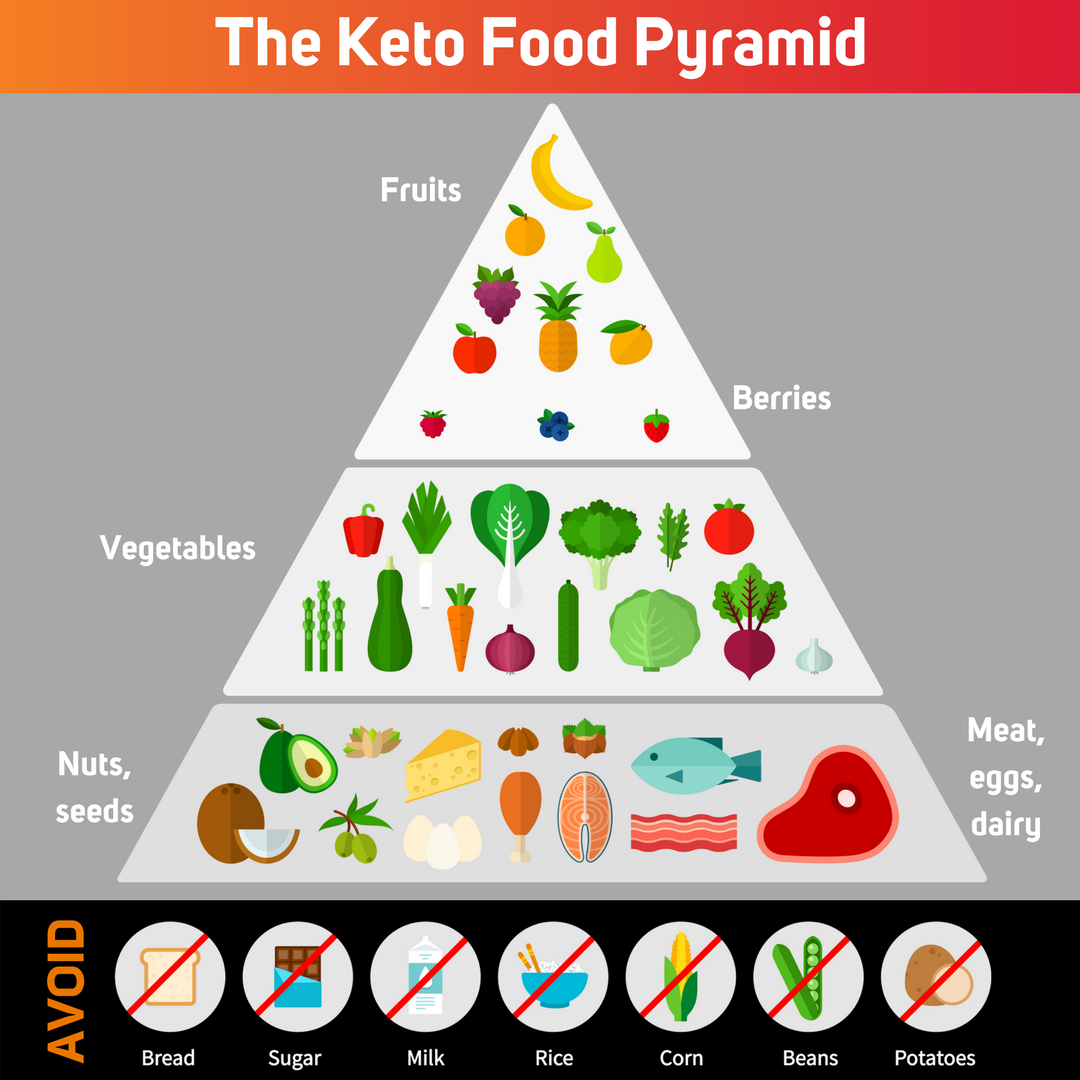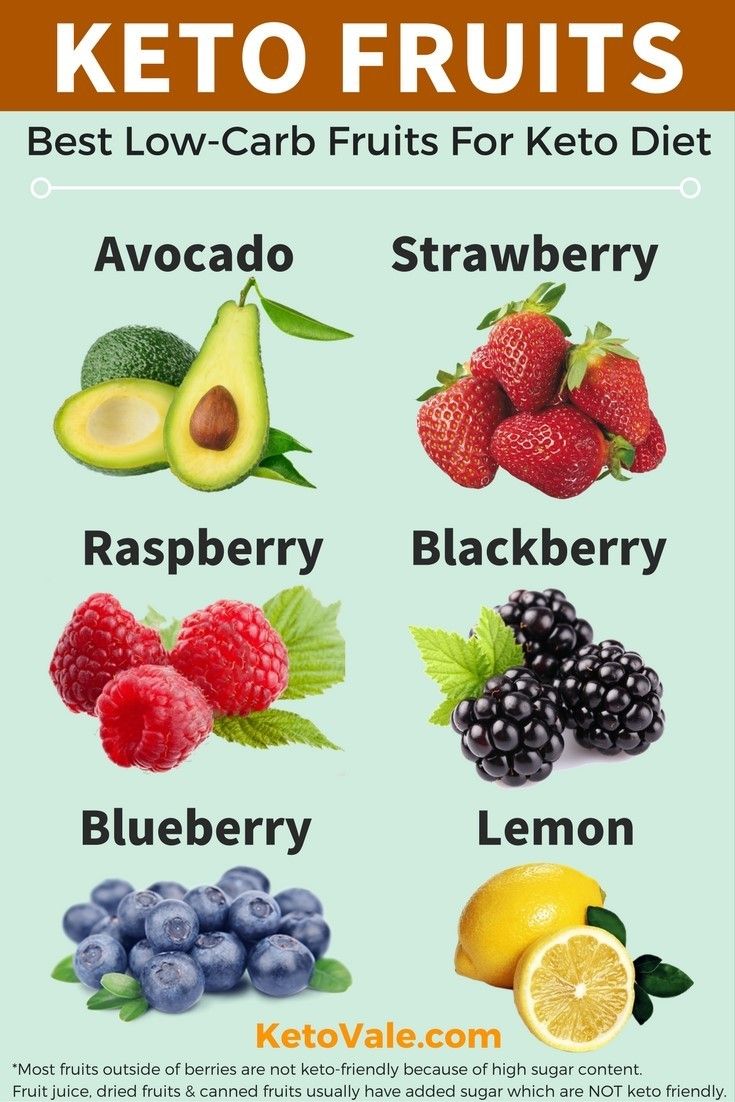Fruits Allowed in Ketogenic Diet: What Fruits Can You Eat on Keto?
What fruits can you eat on keto? Discover the low-carb fruits that are perfect for a ketogenic diet, including avocados, blackberries, raspberries, strawberries, blueberries, and rhubarb.
Avocados: A Keto-Friendly Superfruit
Boasting a rich, creamy consistency and subtle flavor, avocados can be easily added to salads, mashed on toast or blended into guacamole. They have a high nutritional value, including an exceptionally low sugar content. Half a cup of sliced avocado provides more than 10g of fat and fewer than 3g of carbohydrates, making it a perfect addition to your keto meal plan. Avocados are rich in prebiotic fiber, potassium and healthy unsaturated fats. According to a review published in the Nutrients journal, regular consumption of this creamy fruit may help to reduce the risk of developing cardiovascular disease, improve cognitive function in certain individuals and contribute to better gut health in overweight or obese adults.

Blackberries: A Low-Carb Berry Delight
If you want to keep your sugar intake low, but don’t want to miss out on essential nutrients that fruit provides in abundance, look no further than berries. There are many types that would suit the strict requirements of a keto diet, but potentially the best ones to choose are blackberries. Half a cup of these slightly sour, black fruits provides only 3g of carbohydrates and almost 4g of dietary fiber. Blackberries are also a great source of potassium, vitamin C, vitamin K and many different antioxidants. Multiple studies have shown that regular consumption of these fruits can help protect against cancers, age-related neurodegenerative diseases and bone loss.
Raspberries: Bursting with Fiber and Nutrients
One cup of these berries delivers 8g of dietary fiber and more than 50% of the Daily Value for vitamin C, yet has less than 7g of carbohydrates. Raspberries are also rich in highly bioactive compounds that may provide health benefits. According to a review published in the Advances in Nutrition journal, regular consumption of these could be an effective tool for combating obesity, cardiovascular disease and type 2 diabetes.

Strawberries: A Keto-Friendly Treat
Though relatively higher in carbohydrates than their berry counterparts, these red fruits can still be enjoyed on a keto diet. A cup of strawberries contains more than 3g of dietary fiber and approximately 9g of carbohydrates, while delivering a hefty dose of micronutrients like iron, copper, magnesium, vitamin C, vitamin K and potassium. According to a comprehensive review published in the Critical Reviews in Food Science and Nutrition, a high intake of strawberries can help lower systemic inflammation and blood sugar levels.
Blueberries: A Nutritional Powerhouse
Blueberries are arguably the most sugary fruits from the berry family, but since they’re also one of the healthiest, it’s a good idea not to remove them from your keto meal plan. Half a cup contains almost 9g of carbohydrates, so it’s best to enjoy them sparingly if you want to keep a low sugar intake. Having said this, blueberries are a nutritional powerhouse and contain many essential micronutrients, such as vitamin C, vitamin K and manganese. But it’s their high level of phytonutrients that makes them exceptional. Multiple studies have shown that these compounds have strong antioxidant and anti-inflammatory properties that can help ward off obesity, type 2 diabetes and cardiovascular disease, as well as improve gut health and potentially slow down the aging process.
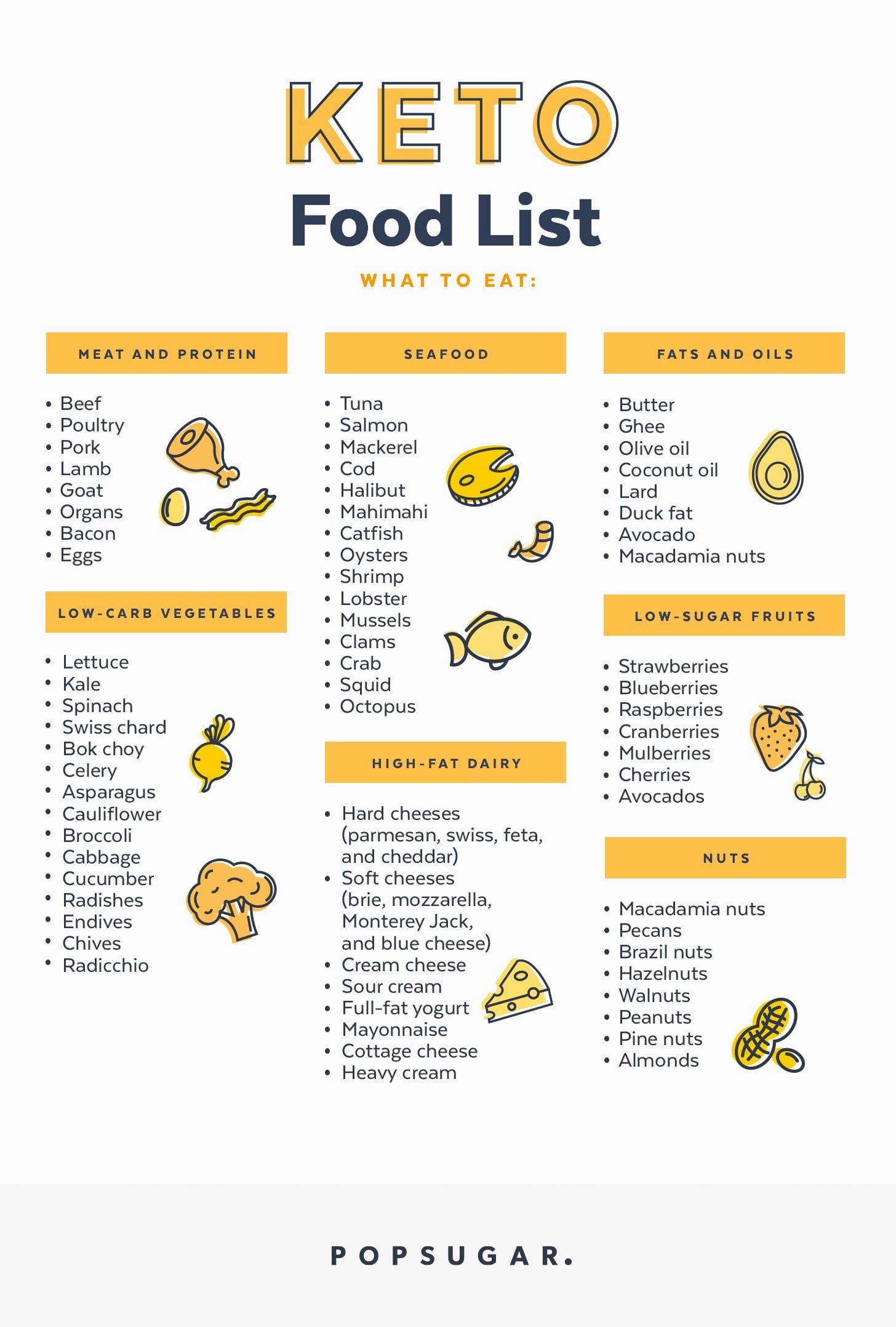
Rhubarb: A Low-Carb Fruit Alternative
This fruit is a great choice if you want to keep your carbohydrate consumption low. One cup of diced rhubarb contains as little as 4g of carbohydrates, while providing a range of essential vitamins and minerals. Rhubarb is a good source of vitamin K, vitamin C, calcium and potassium. Additionally, it contains antioxidants that may help reduce inflammation and protect against chronic diseases. Just be mindful that the leaves of the rhubarb plant are toxic, so be sure to only consume the edible stalks.
Conclusion
When following a ketogenic diet, it’s important to carefully select the fruits you include in your meal plan. While fruits are generally high in carbohydrates, there are several low-carb options that can provide valuable nutrients without jeopardizing your ketosis. Avocados, blackberries, raspberries, strawberries, blueberries, and rhubarb are all excellent choices that can help you enjoy the health benefits of fruit while keeping your carb intake in check. By incorporating these keto-friendly fruits into your diet, you can satisfy your sweet tooth while supporting your overall health and fitness goals.
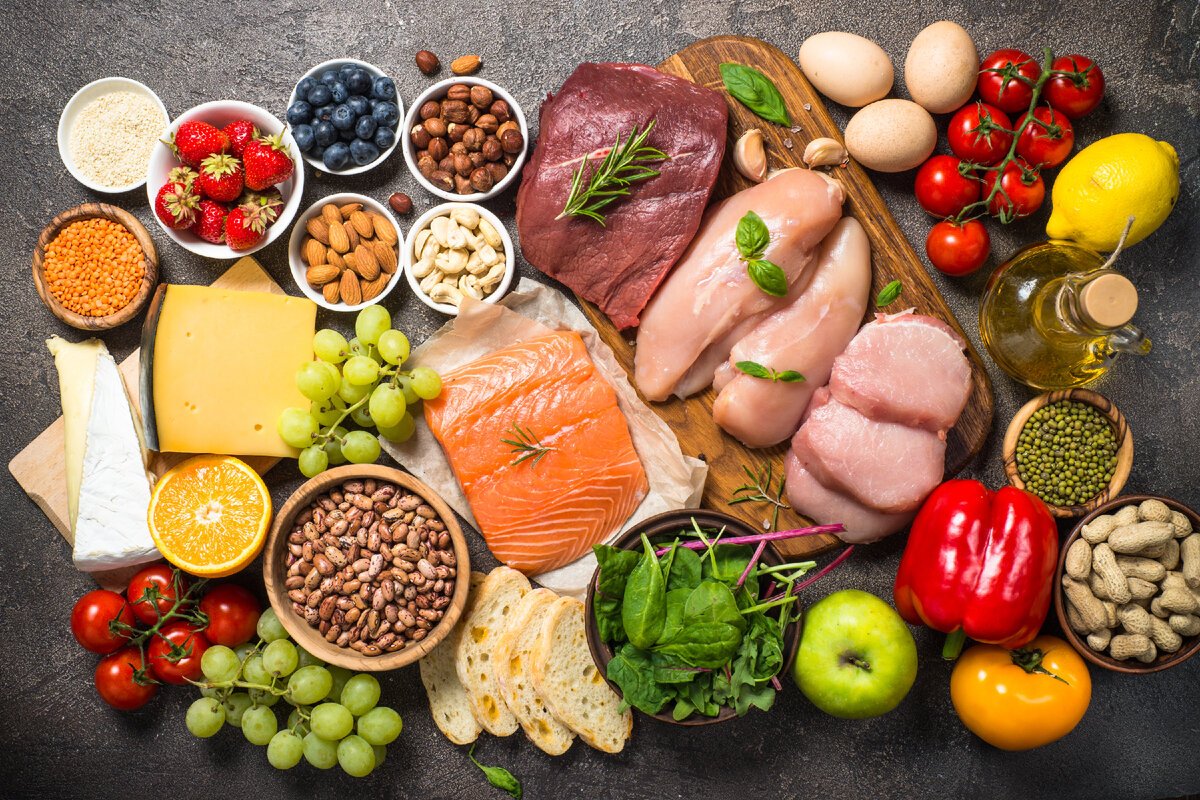
What fruits can you eat on keto?
When you purchase through links on our site, we may earn an affiliate commission. Here’s how it works.
(Image credit: Getty Images)
Eating fruit is an integral part of a healthy lifestyle. However, with low-carb diets becoming more popular, you may be wondering what fruits you can eat on keto. They may be packed to the brim with essential vitamins, minerals and compounds with strong health-promoting benefits, but fruits also have a high sugar content.
The main objective of a keto diet is to reduce your intake of carbohydrates to the absolute minimum, to achieve and maintain the state of ketosis. This is a metabolic state that can potentially help with losing weight and improving blood sugar levels.
Sounds like an impossible task? Not necessarily. With the right choices, you can reap the health benefits of eating fruits without overloading on carbohydrates and jeopardizing your health and fitness goals. Here, we’ll discuss which fruits contain the least amounts of carbohydrates to help you stick to your keto diet.
Here, we’ll discuss which fruits contain the least amounts of carbohydrates to help you stick to your keto diet.
If you’re thinking of getting started on the keto diet, have a look at our guide to the keto diet for beginners to give yourself the best start.
1. Avocados
Boasting a rich, creamy consistency and subtle flavor, avocados can be easily added to salads, mashed on toast or blended into guacamole. They have a high nutritional value, including an exceptionally low sugar content. Half a cup of sliced avocado provides more than 10g of fat and fewer than 3g of carbohydrates, making it a perfect addition to your keto meal plan.
Avocados are rich in prebiotic fiber, potassium and healthy unsaturated fats. According to a review published in the Nutrients journal, regular consumption of this creamy fruit may help to reduce the risk of developing cardiovascular disease, improve cognitive function in certain individuals and contribute to better gut health in overweight or obese adults.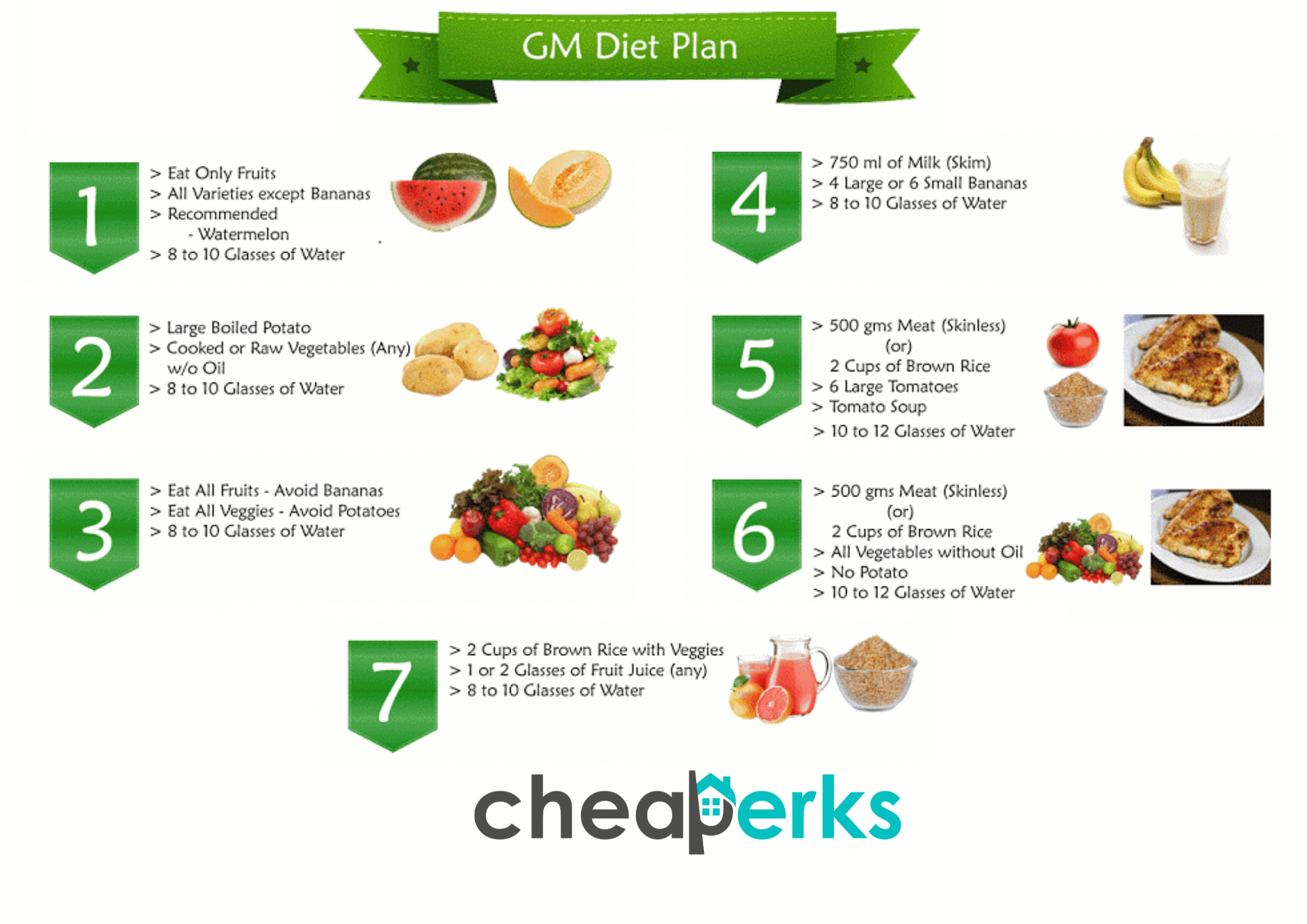
Great swap for: Bananas
(Image credit: Getty Images)
2. Blackberries
If you want to keep your sugar intake low, but don’t want to miss out on essential nutrients that fruit provides in abundance, look no further than berries. There are many types that would suit the strict requirements of a keto diet, but potentially the best ones to choose are blackberries. Half a cup of these slightly sour, black fruits provides only 3g of carbohydrates and almost 4g of dietary fiber.
Blackberries are also a great source of potassium, vitamin C, vitamin K and many different antioxidants. Multiple studies have shown that regular consumption of these fruits can help protect against cancers, age-related neurodegenerative diseases and bone loss.
Great swap for: Grapes or pomegranates.
3. Raspberries
One cup of these berries delivers 8g of dietary fiber and more than 50% of the Daily Value for vitamin C, yet has less than 7g of carbohydrates. Raspberries are also rich in highly bioactive compounds that may provide health benefits. According to a review published in the Advances in Nutrition journal, regular consumption of these could be an effective tool for combating obesity, cardiovascular disease and type 2 diabetes.
Raspberries are also rich in highly bioactive compounds that may provide health benefits. According to a review published in the Advances in Nutrition journal, regular consumption of these could be an effective tool for combating obesity, cardiovascular disease and type 2 diabetes.
Great swap for: Grapes, cherries and pomegranates.
4. Strawberries
Though relatively higher in carbohydrates than their berry counterparts, these red fruits can still be enjoyed on a keto diet. A cup of strawberries contains more than 3g of dietary fiber and approximately 9g of carbohydrates, while delivering a hefty dose of micronutrients like iron, copper, magnesium, vitamin C, vitamin K and potassium.
According to a comprehensive review published in the Critical Reviews in Food Science and Nutrition, a high intake of strawberries can help lower systemic inflammation and blood sugar levels.
Great swap for: Grapes, cherries and pomegranates.
(Image credit: Getty Images)
5.
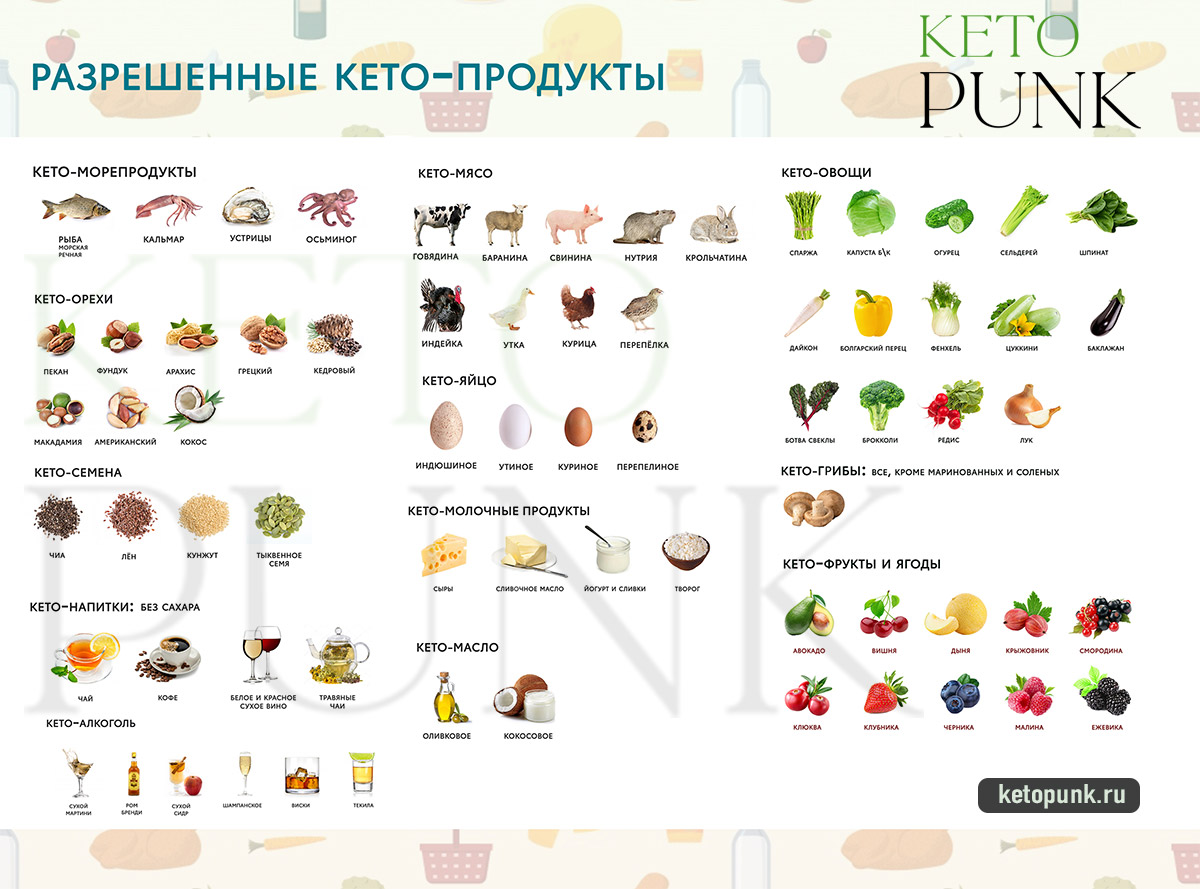 Blueberries
Blueberries
Blueberries are arguably the most sugary fruits from the berry family, but since they’re also one of the healthiest, it’s a good idea not to remove them from your keto meal plan. Half a cup contains almost 9g of carbohydrates, so it’s best to enjoy them sparingly if you want to keep a low sugar intake.
Having said this, blueberries are a nutritional powerhouse and contain many essential micronutrients, such as vitamin C, vitamin K and manganese. But it’s their high level of phytonutrients that makes them exceptional. Multiple studies have shown that these compounds have strong antioxidant and anti-inflammatory properties that can help ward off obesity, type 2 diabetes and cardiovascular disease, as well as improve gut health and potentially slow down the aging process.
Great swap for: Grapes, cherries and pomegranates.
6. Rhubarb
This fruit is a great choice if you want to keep your carbohydrate consumption low. One cup of diced rhubarb contains as little as 4g of carbohydrates, while delivering almost 2g of dietary fiber and a significant amount of vitamin C and vitamin A.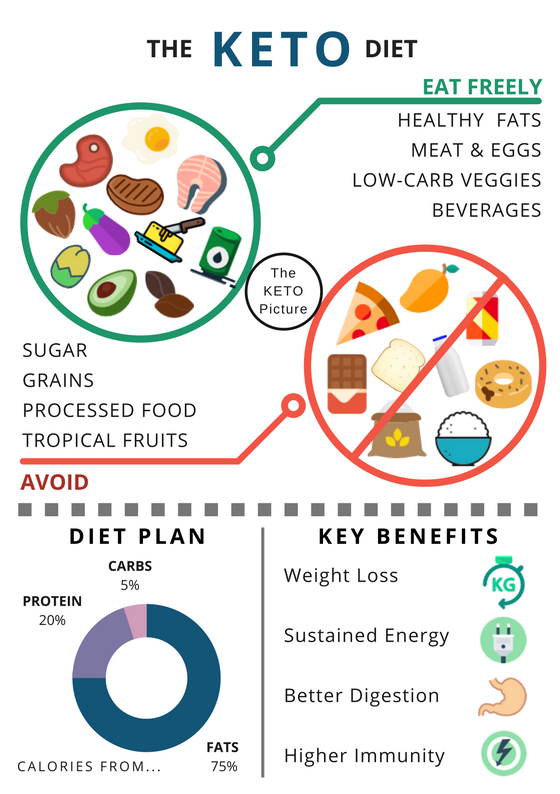
What’s more, researchers have started exploring the potential health benefits of rhubarb’s highly bioactive compound called emodin. According to a review recently published in the International Journal of Molecular Sciences, emodin from rhubarb exhibits strong diuretic, antibacterial, antiulcer, anti-inflammatory, anticancer, antimalarial and antiallergic properties.
Great swap for: Apples, prunes and grapes.
7. Watermelon
Refreshing watermelon is one of the best snacks for scorching days. The fruit is also a good addition to ketogenic diets as it has a relatively low sugar content and provides great nutritional value.
A cup of diced watermelon contains approximately 12 g of carbohydrates and a host of essential micronutrients, like vitamin C, potassium, copper and vitamin A. If eaten regularly, these red fruits can be beneficial to our cardiovascular health and fitness. As described in a review recently published in the Current Atherosclerosis Reports, watermelons contain relatively high levels of compounds called L-citrulline and L-arginine, which have been shown to reduce blood pressure and improve blood flow.
Great swap for: Melons and mangoes.
(Image credit: Getty Images)
8. Kiwi
Most exotic fruits contain a significant amount of carbohydrates, which makes it difficult to include them in a keto diet. Thankfully, there’s an exception: kiwi. One of these fruits provides around 7g of carbohydrates, as well as a significant portion of fiber, vitamin C, phosphorus and potassium. Emerging evidence suggests that kiwis may be protective against types of cancers, particularly the ones located in the lower gastrointestinal tract.
Great swap for: Mangoes, melons, pineapples.
9. Tomatoes
These red fruits – with only 3.3g of carbohydrates in a medium-size tomato – can help you to keep your sugar intake in check. But that’s not the only feature that makes tomatoes a nutritious food staple: they also contain significant amounts of beta-carotene, vitamin E, vitamin C, vitamin K and folic acid.
Tomatoes have also attracted attention due to their high antioxidant content, especially lycopene. According to a review recently published in the Food Chemistry journal, lycopene has been shown to protect against dying from coronary heart disease, cerebrovascular diseases and types of cancer, such as prostate and stomach.
According to a review recently published in the Food Chemistry journal, lycopene has been shown to protect against dying from coronary heart disease, cerebrovascular diseases and types of cancer, such as prostate and stomach.
Fruits to avoid on keto
Cherries
Many fruits contain significant amounts of sugars and cherries are no exception. Whilst tasty and nutritious, just half a cup of these red fruits provides more than 10g of carbohydrates.
Peaches and nectarines
Peaches and nectarines will be difficult to fit into a keto diet. One medium fruit contains around 13g of carbohydrates.
Apples and pears
Apples and pears may work great with your morning bowl of oatmeal, but if you’re on a keto diet, you may need to swap them for other fruits. One medium apple contains approximately 23g of carbohydrates, while a medium pear would provide nearly 20g of this macronutrient.
Oranges, mangoes, pineapples and bananas
Exotic fruits are notorious for their high sugar content. For example, one medium banana or a cup of chopped mangoes can deliver up to 26g of carbohydrates, while just two slices of pineapple will contain more than 12g of this macronutrient. Be careful with oranges as well: one medium fruit can have up to 15g of carbohydrates.
For example, one medium banana or a cup of chopped mangoes can deliver up to 26g of carbohydrates, while just two slices of pineapple will contain more than 12g of this macronutrient. Be careful with oranges as well: one medium fruit can have up to 15g of carbohydrates.
Grapes
It’s challenging to add grapes to a keto diet, so it’s best to avoid them altogether. One cup of these can easily provide more than 25g of carbohydrates.
If you are vegan and looking for inspiration for what to eat on the keto diet, have a look at our guide to what can you eat on a vegan keto diet? Or, if you don’t think the keto diet is for you, you can read our guide to the paleo diet vs keto: the differences explained to see if the paleo diet might be a better fit for you.
- Related: Keto diet for beginners
- Related: Which vegetables are low in carbs?
Stay up to date on the latest science news by signing up for our Essentials newsletter.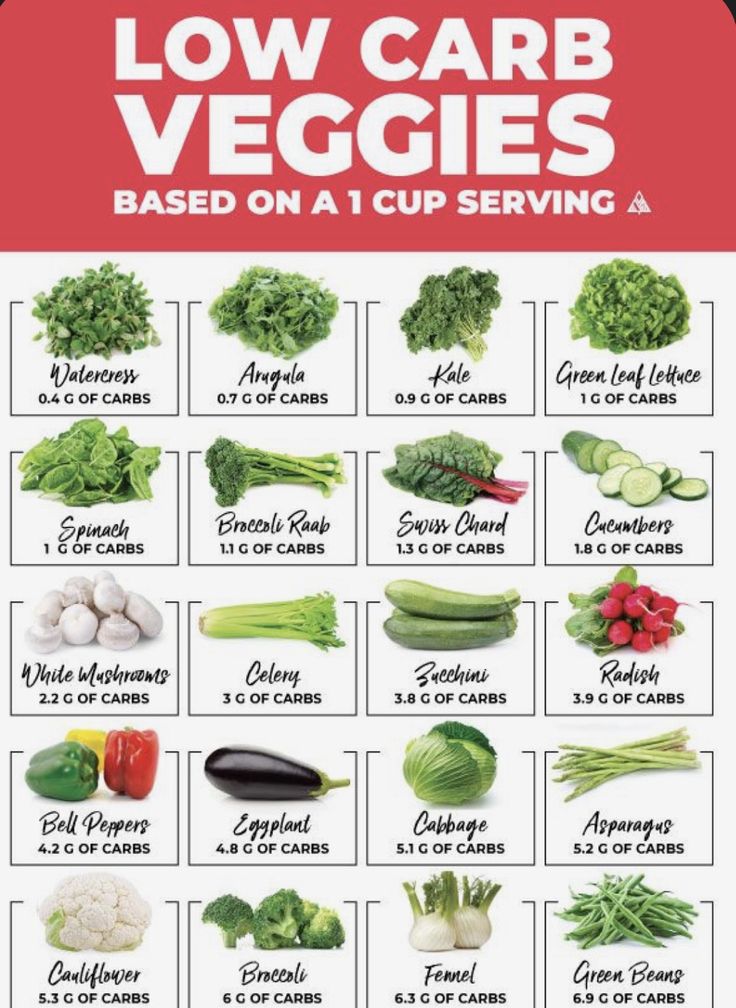
Contact me with news and offers from other Future brandsReceive email from us on behalf of our trusted partners or sponsors
Anna Gora is a health writer at Live Science, having previously worked across Coach, Fit&Well, T3, TechRadar and Tom’s Guide. She is a certified personal trainer, nutritionist and health coach with nearly 10 years of professional experience. Anna holds a Bachelor’s degree in Nutrition from the Warsaw University of Life Sciences, a Master’s degree in Nutrition, Physical Activity & Public Health from the University of Bristol, as well as various health coaching certificates. She is passionate about empowering people to live a healthy lifestyle and promoting the benefits of a plant-based diet.
List Of Foods To Avoid On Keto
KETO DIET
A Keto Diet also known as Ketogenic Diet, is a high fat, protein rich and low carb (carbohydrate) eating plan. A Ketogenic Diet helps the body attain the process ketosis wherein the body starts utilizing body fats as the primary energy source instead of carbohydrates or glucose. The Keto diet was initially introduced in the 19th century for the treatment of diabetes.
The Keto diet was initially introduced in the 19th century for the treatment of diabetes.
The Keto Diet gained popularity amongst patients of many other diseases as well.Research and studies show that the Keto diet is also capable of curing some rare kinds of cancers in the long term. Inculcating the Keto diet in your lifestyle would lead to overall body fitness and proper health. A Ketogenic diet generally has no serious side effects except a few like nausea, sugar cravings, headache etc. in the initial days of the diet due to Keto flu.
TIPS TO AVOID KETO FLU
Keto flu is a very common problem with everyone doing this diet for the first time but it can be avoided by keeping some simple tips in mind.Ketogenic diet gives the best results when followed strictly without skipping meals and following the rule of high fats and low carbs.
The basic rule of Keto is to eat high fats; adequate protein and low carb until you finally reach the point of satiety. The rule which follows this is to stay hydrated, try to drink as much as water you can because the body tends to lose a lot of water molecules when it goes on ketosis and consuming more and more water would be beneficial.
The rule which follows this is to stay hydrated, try to drink as much as water you can because the body tends to lose a lot of water molecules when it goes on ketosis and consuming more and more water would be beneficial.
You should also keep in control the salt level of the body which helps the body to stay at optimum temperatures and function properly without problems like headache, anxiety, frequent hunger attacks etc. Make sure you take a little more salt than the usual quantity in the first few days to help your body adjust with the new changes caused by Keto flu and develop ketone acids.
WHO SHOULD AVOID KETO
But not every doctor or health specialist prescribes the keto diet or the ketogenic diet to people, since everyone has a different body metabolism and different reactions to specific diets.
Also, people with previous disease history or serious health conditions, eating disorders, lethargic, skinny , allergic to specific food items, people who need specific gram of carbs (which is more than the ideal gram of carbs prescribed in the Keto diet) should refrain from following the diet because it can have adverse effects as well.
Therefore before following a Ketogenic diet (or any other diet which has its strict rules and guidelines, a person should undergo a health checkup, including the blood sugar level, allergy tests to rule out the chances of rare health complications which could worsen the health after following Keto.
HEALTH BENEFITS
Keto has enormous health benefits. Ever since it became effective in the treatment of epilepsy, it has been experimented and has had important roles in the treatment of many other diseases successfully such as Polycystic Ovary Syndromes, heart related, nervous system related diseases, kidney stones, chronic disorders, type 2 diabetes etc. Studies show that the Keto diet can also prevent and cure some rare kinds of cancers in the long term.
Some of the diseases in which Keto is seen very effective are:
- Chronic diseases such as Heart Diseases, Kidney Stones etc.
- Epilepsy – A disease which causes seizures due to excessive brain activities.
 Studies have shown that Keto diets can reduce seizure frequency and severity in many children and adults with epilepsy who don’t respond well to the drug therapy.
Studies have shown that Keto diets can reduce seizure frequency and severity in many children and adults with epilepsy who don’t respond well to the drug therapy.
- PCOS or Polycystic Ovary Syndrome- PCOS is a disease marked by hormonal dysfunction that often results in irregular periods and infertility. Females with a PCOS following a ketogenic diet may experience weight loss, reduction in insulin levels and improvement in reproductive hormone function.
- Diabetes – Diabetes is a commonly occurring disease in which the body experiences high amounts of blood sugar in the form of glucose. People with diabetes have found Keto to be a good diet to follow to keep the glucose level in check by eliminating high carb and glucose foods.
- Rare Cancers
- Parkinson’s
- Autism in Children and Adults
In the current scenario, Keto is well known for helping getting rid of extra fat on the body i. e. losing weight and balancing the hormonal imbalances in the body.
e. losing weight and balancing the hormonal imbalances in the body.
In an ideal Ketogenic diet, the meal comprises only 5% carbs (below 20 gram of carbs), 25% protein and a huge 70% saturated fats as well as healthy fats. This diet, if followed over a good period of time, helps the liver to break down the fats and produce ketones which help the body enter the state of ketosis.
Amino Acids are the Building Blocks of Protein. The essential amino acids form polypeptides and ultimately proteins important for protein synthesis, muscle tissue repair and nutrient absorption etc processes in the body.
This blog gives a vivid detail of the food items which should be avoided in the Keto diet as they are high in carbohydrates and can cause hindrance in the smooth process of Ketosis.
FOODS TO AVOID ON A KETO DIET
These following food items should be strictly removed from the daily platter of a Keto dieter.
FOOD GRAINS
Food grains such as wheat flour, whole wheat flour, oatmeal’s etc are very high in carbohydrates which can hinder the process of ketosis.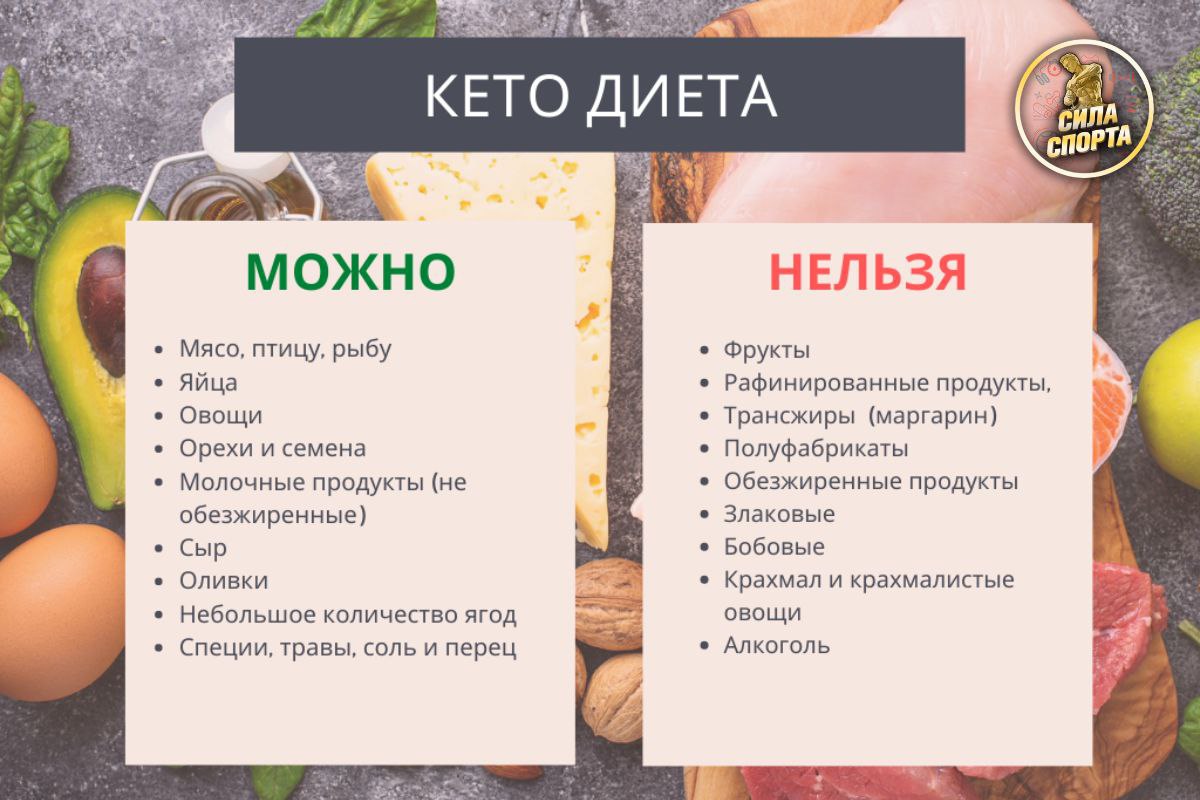 Although they can be consumed in very limited quantities, it is advisable to avoid including them in the daily meals while following a keto diet.
Although they can be consumed in very limited quantities, it is advisable to avoid including them in the daily meals while following a keto diet.
It is to be noted that not only the grains mentioned below but also the products made from them should be avoided since they are equally high in carbs (pasta, bread, biscuits etc)
- Oatmeal
- Wheat Grains
- Whole Wheat Flour
- Rice
- Quinoa
- Rye
- Barley
- Corn
FRUITS
Fruits are mostly high in fibre, glucose and carbs content which naturally make them avoidable for a person on a keto diet. However some fruits like avocado and olives are extremely keto friendly and are a must to consume. Avocado Salad, Extra Virgin Olive Oil, Olive Oil are some of the popular keto ingredients which are made out of these.
Berries such as blackberries, blueberries, raspberries and strawberries are also keto friendly as these are high in nutrients, are a good protein source and extremely rich in healthy fats.
Here’s a list of fruits to avoid on a Keto diet:
- Apples (don’t be surprise)
- Grapes
- Bananas
- Dates
- Mangoes
- Peaches
- Pineapples
- Raisins
- Pears
VEGETABLES
You will be left quite surprised that not only fruits but also vegetables can be non Keto friendly. It is a thumb rule of Keto to avoid all the vegetables which grow beneath the ground because they are excessively rich in starch and carbohydrates content.
These veggies should be avoided at all costs:
- Potatoes (As they contain a lot of starch and carbs, equally harmful for diabetics)
- Sweet Potatoes (High in glucose, starch and carbs content again)
- Baked Potatoes
- Corn
- Peas
- Carrot
- Yam
LEGUMES AND BEANS
Legumes and beans are usually high in nutrients such as iron, potassium, zinc etc, have moderate protein content but at the same time they contain a lot of carbs as well which make them harmful for the Ketogenic diet.
- Black Beans
- Baked Beans
- Green Beans
- Lima Beans
- Lentils
- Lobia
- Kidney Beans
- Green Peas
BEVERAGES
A majority of drinks which we consume in our daily lives are high in sugar content and sometimes contain hidden sugar and carbs as well which might hinder the formation of Ketones in the body.
A Keto dieter should also avoid large intakes of BCAA or Branched Amino Acids Base as the excessive protein synthesis in the body can tend to increase the insulin levels in the body which can cause a problem in Ketosis.
All kinds of fruit juices should also be avoided because fruits are naturally high in carbs, glucose and fruit juices contain many artificial additives as well which make them harmful.
- Cola
- Soda
- Margarita
- Fruit Beer
- Protein Shakes
- Vitamin Water
- Lemonade
- Energy Drinks
- Iced Tea
- Frappuccinos
LOW FAT DAIRY PRODUCTS
Low fat dairy products should be avoided on a Keto diet because they are an unnecessary addition to the meal. They may also contain carbohydrates which won’t be good for the meal since all forms of carb diets are to be avoided.
They may also contain carbohydrates which won’t be good for the meal since all forms of carb diets are to be avoided.
- Low Fat Milkshake
- Toned Milk
- Low Fat Butter
- Condensed Milk
- Low Fat Cream
ARTIFICIAL SWEETENERS
Artificial sweeteners are anyway harmful since they contain a lot of additives. Sweeteners containing Aspartame, Acesulfame, Sucralose, Saccharin can lead to sugar cravings and they are also linked to other health issues such as migraine pain, cholesterol levels, blood sugar levels etc.
Keto is all about being loyal to the diet and strictly following the tips and tricks related to it. Just avoid these specific food products and you will see the benefits of following a Keto Diet soon.
The Ketogenic Diet: Everything You Need to Know About the Keto Diet
The ketogenic diet is based on limiting carbohydrate intake to 10%. to bring the body into a state of ketosis. Thus, other ways of burning calories of the body are activated.
Thus, other ways of burning calories of the body are activated.
This diet is also commonly known as the keto diet. which comes from the word “ketogenic” in English. This is a low-carbohydrate diet that has become very popular because it helps the body burn stored body fat and burn more calories.
Many people around the world have experienced these changes, they help to lose weight, improve our health and improve athletic performance. Many people have experienced these benefits and if you dare to stick to this diet, you will get better.
If diets are not followed safely, they can become unsafe and harm us. Here we will tell you what this type of diet consists of. which products are allowed and what are their risks.
Index
- 1 Characteristics of the ketogenic diet
- 1.1 What is the keto diet?
- 2 Foods allowed on the ketogenic diet
- 2.
 1 List of foods allowed on the ketogenic diet
1 List of foods allowed on the ketogenic diet- 2.1.1 Foods of animal origin
- 2.2 vegetables
- 2.3 Fatty foods
- 2.
- 3 Possible problems with the ketogenic diet
Characteristics of the Ketogenic Diet
The ketogenic diet is a diet in which carbohydrates are completely or severely reduced to force the body into ketosis. It helps to lose weight faster, since In ketosis, the body uses fat for energy.
Ketosis is a metabolic state in which carbohydrates are not the primary source of glucose for energy. Thus, the body is forced to obtain energy through the metabolism of fats.
When we deprive the body of carbohydrates, the glucose stored in the liver is used as the first resource. As soon as it is consumed, the body begins to consume fatty acids, converting them into ketone bodies . Its mass release can be dangerous for some organs, so this should be done in moderation.
What is the keto diet?
The basis of the diet is to limit all sources of carbohydrates and carbohydrates in our diet in order to activate other metabolic pathways. The proportion of carbohydrates in this type of diet should be below the daily recommendation, 50% or 60% of total calories. In general, about 10% or less of the energy is provided in the form of hydrates.
There are several types of ketogenic diets. , not all are equally restrictive, so some allow fruit and vegetable consumption but in controlled amounts, while others eliminate all sources of hydrate, completely banning cereals, flour, bread, pasta, legumes, rice, fruit . and some vegetables.
About other keto diets fasting is used to accelerate the initial formation of ketone bodies, which will subsequently lead to weight loss due to strong fat oxidation.
Foods allowed on the ketogenic diet
Foods allowed on the diet are a meal plan that has become popular over the years for its health benefits.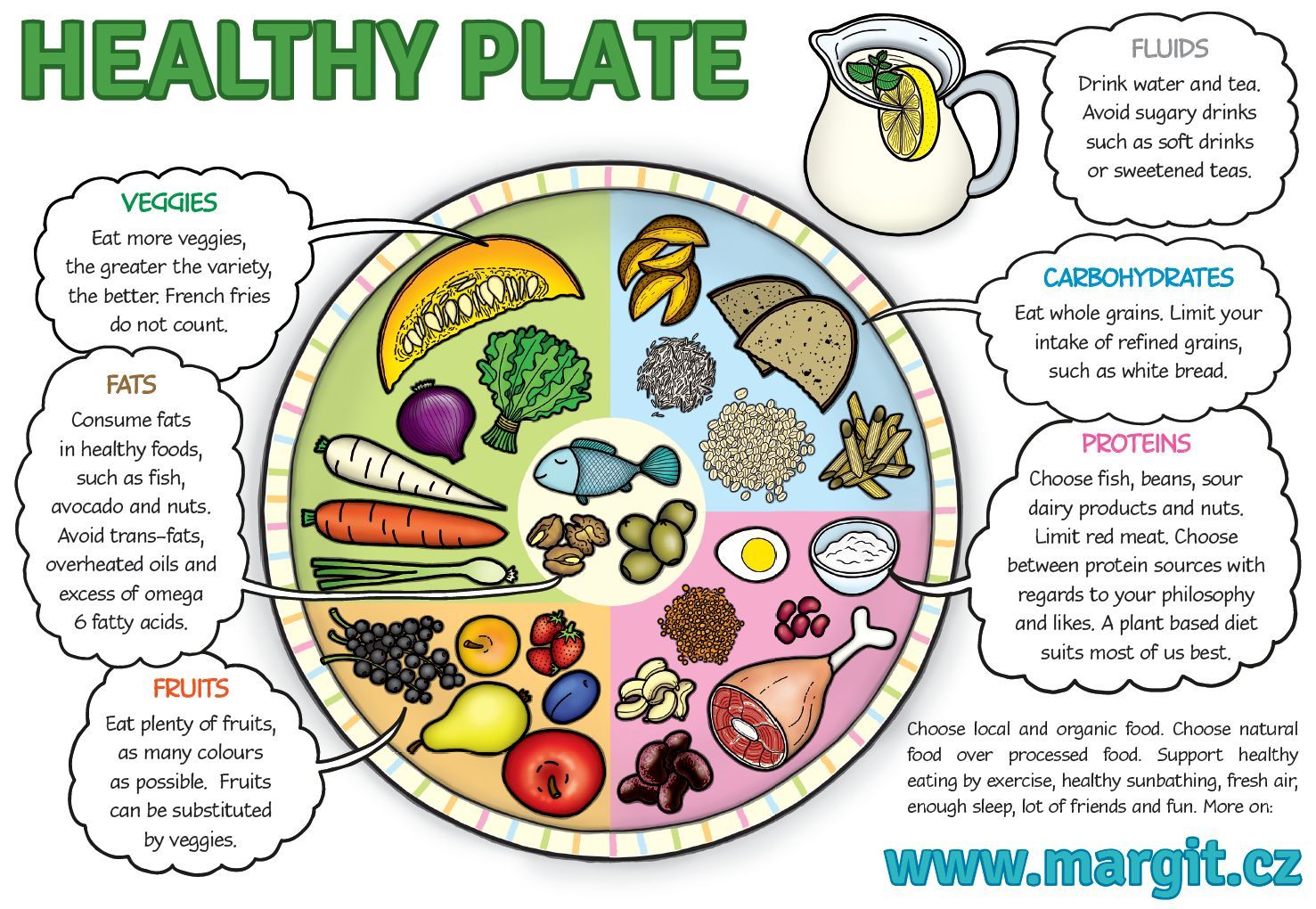
It is effective for weight loss and also helps reduce seizures in patients who are not sensitive to the duration of medication. In addition, its association with the treatment of type II diabetes is currently being investigated.
List of foods allowed on the ketogenic diet
Next, we will tell you what foods should be in your meal plan to start tomorrow at Keto diet.
Animal products
All animal products without exception are allowed: meat, fish and eggs are protein-rich foods that form the basis of the first keto diet.
This protein contribution must be guaranteed to avoid muscle catabolism, which prevents the development of sarcopenia in the medium and long term. Avoid eating butter, as this will lead to carbs.
Animal products allowed:
- White meat.
- red meat
- White fish.
- Blue fish.
- Seafood.
- Eggs.
- Dairy products.

vegetables
Vegetables contain almost no carbohydrates. For this reason, they can be included in the ketogenic diet. if tubers and excess tubers are not allowed.
On the other hand, you will have to avoid eating fruits in large quantities, since fructose from fruit will disrupt the ketosis process . Proponents of this type of diet argue that fructose can increase the risk of liver disease, so legumes should be limited as they also contain legumes that interfere with fatty acid metabolism.
Recommended vegetables:
- Celery.
- Green beans.
- Bow.
- Spinach.
- Zucchini.
- Aguacate.
- Pepper.
- Lettuce.
- Eggplant.
Fatty foods
Finally, on a ketogenic diet, you should eat fatty foods fairly regularly. They contain omega-3 and omega-6, which are very necessary for the functioning of the body.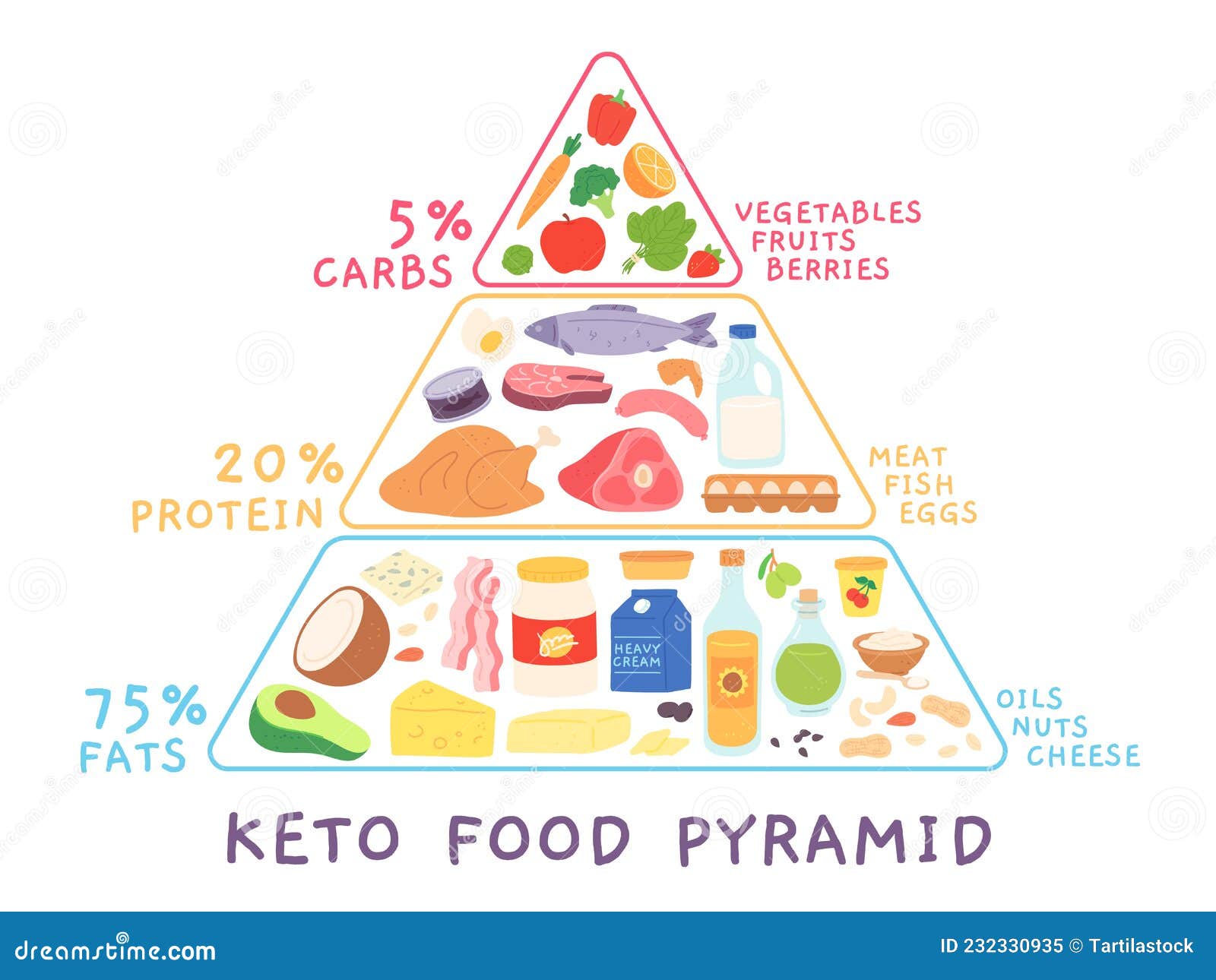
When we talk about fatty foods, we mean the following healthy foods:
- Nuts.
- Aguacate.
- Coco.
- Vegetable oils , such as extra virgin olive oil or coconut oil.
These foods should always be eaten raw in order not to compromise their nutritional value. If we expose lipids to high temperatures, it will increase the production of trans fatty acids.
Possible problems with the ketogenic diet
The ketogenic diet may cause certain side effects such as occasional constipation, bad breath, muscle cramps, headache, diarrhea, rashes and weakness.
- If most fruits and vegetables are excluded from the diet This can lead to vitamin, mineral and fiber deficiencies. This can be solved by an additional fee with additives.
- Taking some a fiber can make us constipated so it is important to take herbal teas that encourage natural bowel movements such as mallow or frangula infusion.

- We can have bad breath as ketone bodies are volatile and are excreted through the lungs causing halitosis or halitosis.
- This may impair cognition Since the brain must use ketone bodies to replace glucose, its preferred fuel, cognition may be impaired.
- Harder to follow This type of diet is a little harder to follow in the long run as many foods contain carbohydrates such as cereals, oats, fruits, vegetables, bread, flour, pasta, rice, etc.
The content of the article complies with our principles of editorial ethics. To report a bug, click here.
Top Ten Keto Health Support Foods and Supplements| iHerb Blog
The blog information has not been verified by your country’s public health authority and is not intended as a diagnosis, treatment, or medical advice.
Read more
Like some cars, the human body is a “hybrid” when it comes to energy consumption.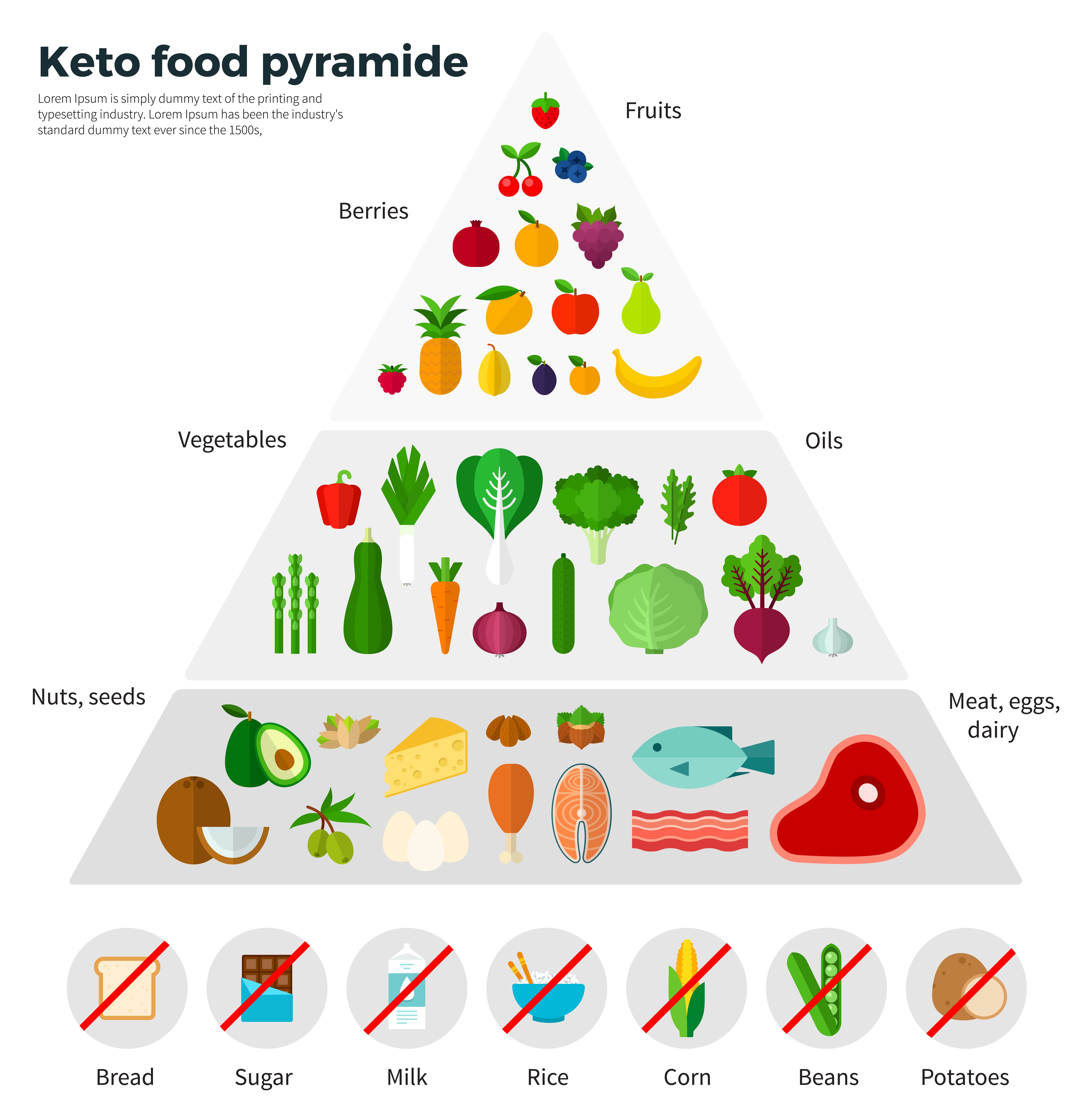 We use sugar (glucose or simple carbohydrates) or fatty acids to provide us with energy. However, we cannot choose the source of “fuel” ourselves. If there are sugar reserves, the body will burn them first. Digested but not used sugar will eventually be deposited as fat.
We use sugar (glucose or simple carbohydrates) or fatty acids to provide us with energy. However, we cannot choose the source of “fuel” ourselves. If there are sugar reserves, the body will burn them first. Digested but not used sugar will eventually be deposited as fat.
By reducing the daily intake of simple carbohydrates (bread, pasta, rice, sweets, certain fruits, etc.), the body begins to use fat for energy. However, fat must first be broken down into ketones. It is this process that is the basis of the ketogenic diet, or keto diet.
With its help, many have managed to significantly reduce their weight. The basic premise of the keto diet is to get 70% of calories (not the mass of food in general) from healthy fats, 25% from proteins, and about 5% from simple carbohydrates. In other words, the keto diet is high in fat, medium in protein, and low in simple carbohydrates. When on a keto diet, it is recommended to consume no more than 50 grams of simple carbohydrates (converted to sugar) per day. This equates to approximately 20-25 grams of net carbs.
This equates to approximately 20-25 grams of net carbs.
History of the ketogenic diet
The keto diet has not always been used for weight loss. Some children suffer from seizures that do not respond to antiepileptic drugs. In the 1920s, it was noted that the ketogenic diet sometimes helps in such cases. Often the seizures stopped for the entire period of dieting.
Today, the ketogenic diet is a popular way to lose weight. Many people who switch to a high-fat, low-carb diet experience an increase in energy levels, especially as weight loss begins. If you’re looking to lose weight, this sounds very promising, but as with any diet, be sure to check with your doctor before changing your diet to make sure it’s right for you.
Some Foods Allowed on the Ketogenic Diet
- Dairy: Heavy cream, almond milk, coconut milk, cheeses, Greek yogurt (all must be unsweetened).
- Fats: almond paste, avocado oil, coconut oil, butter, linseed oil, grape seed oil, hemp oil.

- Non-starchy vegetables: broccoli, cabbage, kale, cucumber, arugula, garlic, jalapeño, spinach (in general, all vegetables not grown in the ground).
- Low sugar fruits: avocado, blueberry, strawberry, raspberry, cherry.
- Poultry: chicken, turkey.
- Meat: beef, pork, veal.
- Seafood: sea bass, crab, salmon, tilapia, tuna, etc.
- Nuts and seeds: almonds, Brazil nuts, cashews, pecans, pistachios, pumpkin seeds.
How the body processes sugar
The body’s cells use sugar (glucose) in its various forms as a primary source of energy. Unclaimed sugar is deposited in the liver and muscles in the form of glycogen. The body is able to maintain a 72-hour supply of glycogen – this is an “instant” source of energy in case of a sharp need for it or hunger.
It has become our evolutionary advantage, allowing us to survive periods of starvation. However, if starvation does not occur, and excess sugar continues to enter the body, then it begins to be deposited in the form of fat.
How does the ketogenic diet work?
The low carbohydrate and sugar intake of the keto diet results in the breakdown of fat into free fatty acids, which are then converted into energy through the production of ketones by the liver.
Limiting simple carbohydrates to 50 grams per day (20-30 grams net carbs) and maintaining physical activity will trigger the ketosis response.
In my experience, after achieving the desired weight loss results, it is important to choose one day a week when you can eat fruits (bananas, apples, etc.) and healthy carbohydrates (brown rice, quinoa, pasta, lentil paste, yams and etc.) – this helps to maintain sufficient metabolic flexibility.
Keto staples
Avocado oil
Avocados are a popular staple among keto dieters. However, few people know that you can also use avocado oil. It is excellent for cooking due to its high smoke point (271°C). This means that it retains its stability when heated to a given temperature.
Avocado oil contains linoleic acid, oleic acid and other monounsaturated fatty acids. These are healthy fats that have anti-inflammatory properties. It is believed that these fatty acids not only lower cholesterol and blood pressure, but also promote weight loss. One tablespoon of avocado oil contains 124 calories, 14 grams of fat, and zero carbs. It does not apply to MCT oils (medium chain triglyceride oils).
Coconut oil
Coconut oil is one of the most popular MCT oils. It is used for brain support and weight loss. In a 2009 study, eating coconut oil for 12 weeks led to a reduction in waist circumference. The smoke point of coconut oil is 177°C. It is perfect for cooking on low, medium or high heat. One tablespoon of coconut oil contains 117 calories, 14 grams of fat, and zero carbs.
Chocolate, pies and cookies
I know what you’re thinking! It can’t be that there are keto cookies, keto pies, keto cupcakes, and other keto goodies that can be eaten on a ketogenic diet.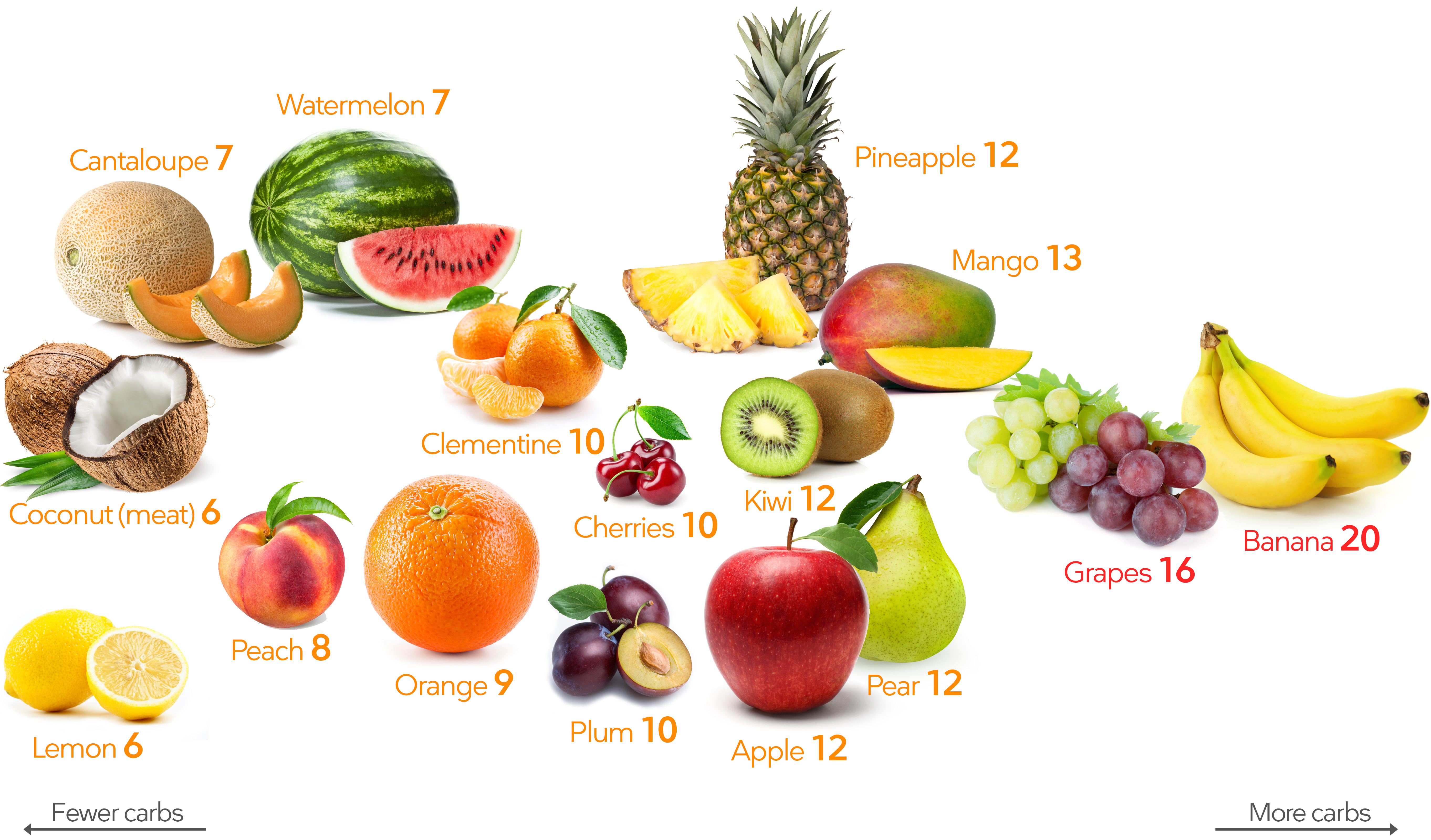
Fortunately, this is possible thanks to natural calorie-free sweeteners and almond or coconut flour. While I don’t recommend eating them on a daily basis, they definitely make a worthwhile alternative for those moments when you’re about to ditch your low-carb diet for some sugar-rich sweets.
Ghee
Clarified ghee is very common among ketogenic dieters. It is an important ingredient in Ayurvedic medicine for its anti-inflammatory and digestive benefits.
Ghee contains short and medium chain triglycerides, and is rich in omega-3s and butyric acid (most likely due to its intestinal benefits). It also contains vitamins A, E and K. Ghee can be used in any recipe in place of butter. It can also be added to coffee to increase daily fat intake.
Medium Chain Triglyceride Oil
Medium Chain Triglycerides (MCT) can be very important for weight loss. Many keto dieters take MCT supplements to increase energy and keep long-chain triglycerides from being stored as fat.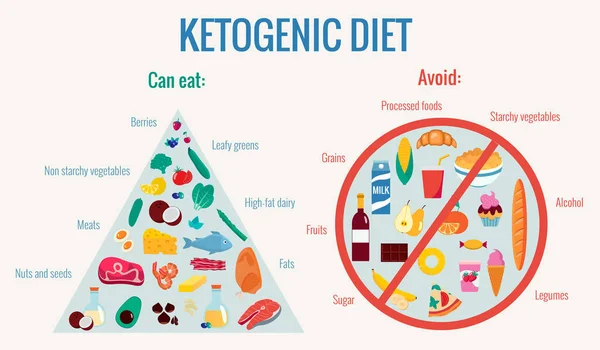
A 2015 study found that MCTs helped reduce weight slightly. However, there was no increase in blood cholesterol levels. MCTs can be drunk by themselves with a teaspoon or added to smoothies. Recommended dosage: according to the label.
Nuts
There are many different types of nuts with different vitamin and mineral content. Due to their high concentration of essential fatty acids, nuts are an excellent source of healthy fats and protein. In addition to their cardiovascular and brain benefits, they make a great keto snack and help fight hunger.
- Almonds: rich in calcium, magnesium and vitamin E.
- Cashews: rich in iron and magnesium, excellent source of copper.
- Hazelnut: rich in vitamins C and B, calcium and magnesium.
- Peanuts: Formally a legume, peanuts are an excellent source of protein, fiber and healthy fats. It is rich in L-arginine, an amino acid essential for circulation and heart health. Studies show that peanuts are rich in resveratrol, which promotes longevity.

- Walnuts: rich in omega-3 fatty acids and cholesterol-lowering antioxidants.
Seeds
- Chia seeds: An excellent source of protein and omega-3 fatty acids. They have shown numerous benefits and may help with weight loss due to their potential ability to lower blood sugar levels. According to a 2010 study published in the European Journal of Clinical Nutrition, chia seeds may help lower blood sugar and blood pressure in diabetes.
- Hemp seeds: rich in many nutrients, used for thousands of years to improve the diet. It is important to add hemp seeds to your diet, especially when on a ketogenic diet. More than 30% of their composition is fat, they are rich in alpha-linolenic acid (omega-3 fatty acid) and linoleic acid (useful omega-6 acid). They are also high in protein and can be added to smoothies, salads, and other keto snacks.
Sweeteners
High consumption of table sugar (sucrose) is the leading cause of the rise in obesity, diabetes and high blood pressure worldwide.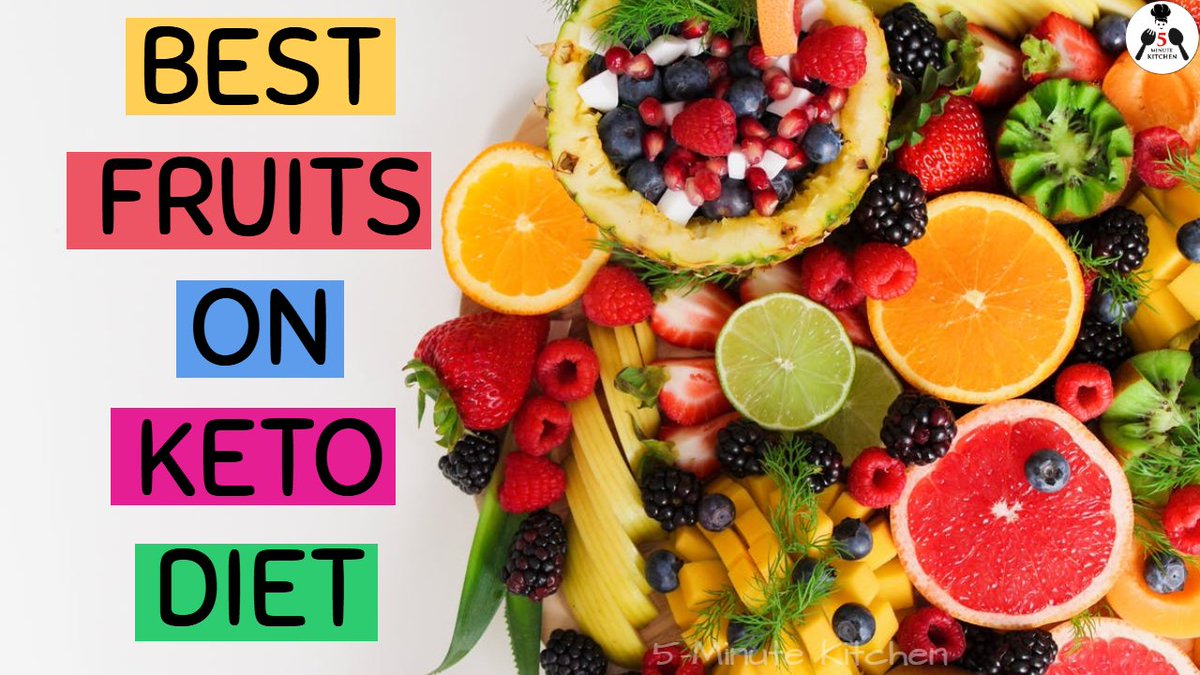 Sucrose is a disaccharide. This means that it combines glucose and fructose.
Sucrose is a disaccharide. This means that it combines glucose and fructose.
Until the 17th century people hardly ate sugar. But over the past few centuries, sugar has become ubiquitous and has become the cause of a number of chronic diseases. Fortunately, there are safer alternatives, such as monkey fruit, allulose, erythritol, or stevia.
Fiber
Sometimes a low carbohydrate diet can lead to constipation. Therefore, it is important to drink enough water. I often recommend fiber supplements to patients for constipation. Take them according to the label.
Protein bars
Protein bars are a great snack or meal replacement for a keto diet. It’s important to make sure your carbs are low so you don’t go over your daily carb limit. I often take protein bars with me on trips.
Top Ten Ketogenic Supplements
The following supplements can help support health on a ketogenic diet.
1. Collagen
This protein is a connective tissue – it stabilizes the skin structure and provides joint mobility. Collagen supplements have many benefits, from reducing facial wrinkles to reducing cellulite. When following a keto diet for weight loss, consider taking collagen to support skin health. I recommend taking at least 3000-5000 mg of collagen per day.
Collagen supplements have many benefits, from reducing facial wrinkles to reducing cellulite. When following a keto diet for weight loss, consider taking collagen to support skin health. I recommend taking at least 3000-5000 mg of collagen per day.
Consider taking 1000-2000mg of vitamin C to improve collagen production.
2. Electrolyte powders
A common problem with the ketogenic diet is electrolyte fluctuations. If you don’t drink enough fluid, you can become dehydrated pretty quickly, leading to abnormal levels of magnesium and potassium. It is important to drink enough water. Those who regularly exercise and sweat are most at risk of falling electrolyte levels. Therefore, many use powders with electrolytes to make up for their loss.
3. Exogenous ketones
These supplements (beta-hydroxybutyrate) and sports drinks have gained popularity over the past few years. According to a 2017 study, “Exogenous ketone drinks are a practical and effective way to start ketosis. ” Research also shows that these supplements can suppress appetite and lower triglyceride and glucose levels. Note: Taking these supplements does not eliminate the need to limit your intake of simple carbohydrates on a ketogenic diet.
” Research also shows that these supplements can suppress appetite and lower triglyceride and glucose levels. Note: Taking these supplements does not eliminate the need to limit your intake of simple carbohydrates on a ketogenic diet.
4. Drinks with greens
Although many believe otherwise, on a ketogenic diet, you need to eat enough green leafy vegetables, as they are rich in complex carbohydrates and fiber. It is important to consume enough phytonutrients and fiber. However, this can sometimes be difficult to achieve through food alone, so using green powders can be helpful. Many green drinks contain wheat germ, chlorella, and other vegetables.
5. Magnesium
Magnesium is involved in more than 350 biochemical reactions. Under physical and mental stress, the consumption of this mineral by the body increases, which may explain the increase in cases of tension headaches, spasms and heart palpitations during difficult periods of life. This mineral is often taken to prevent muscle cramps associated with a ketogenic diet or an active lifestyle.
For cramps and headaches, magnesium chelate, aspartate, citrate or magnesium malate is best used at a dosage of 125 to 500 mg per day. Constipation is common with the keto diet, and magnesium promotes regular bowel movements. If you are more likely to suffer from constipation than cramps, consider taking citrate or magnesium oxide.
6. Multivitamins
On June 19, 2002, a study appeared in the Journal of the American Medical Association recommending that all adults take a multivitamin. A quality multivitamin will serve as an additional guarantee that the body receives all the necessary nutrients from a low-carb or ketogenic diet. Recommended dosage: as per label
7. Omega-3s
The ketogenic diet is high in fat, and it is important to consume healthy fats. Omega-3 fatty acids and/or fish oils can help ensure you get enough healthy fats in your diet. The daily dosage for most omega-3 supplements is between 1,000 mg and 4,000 mg. Flaxseed is a good alternative for vegans.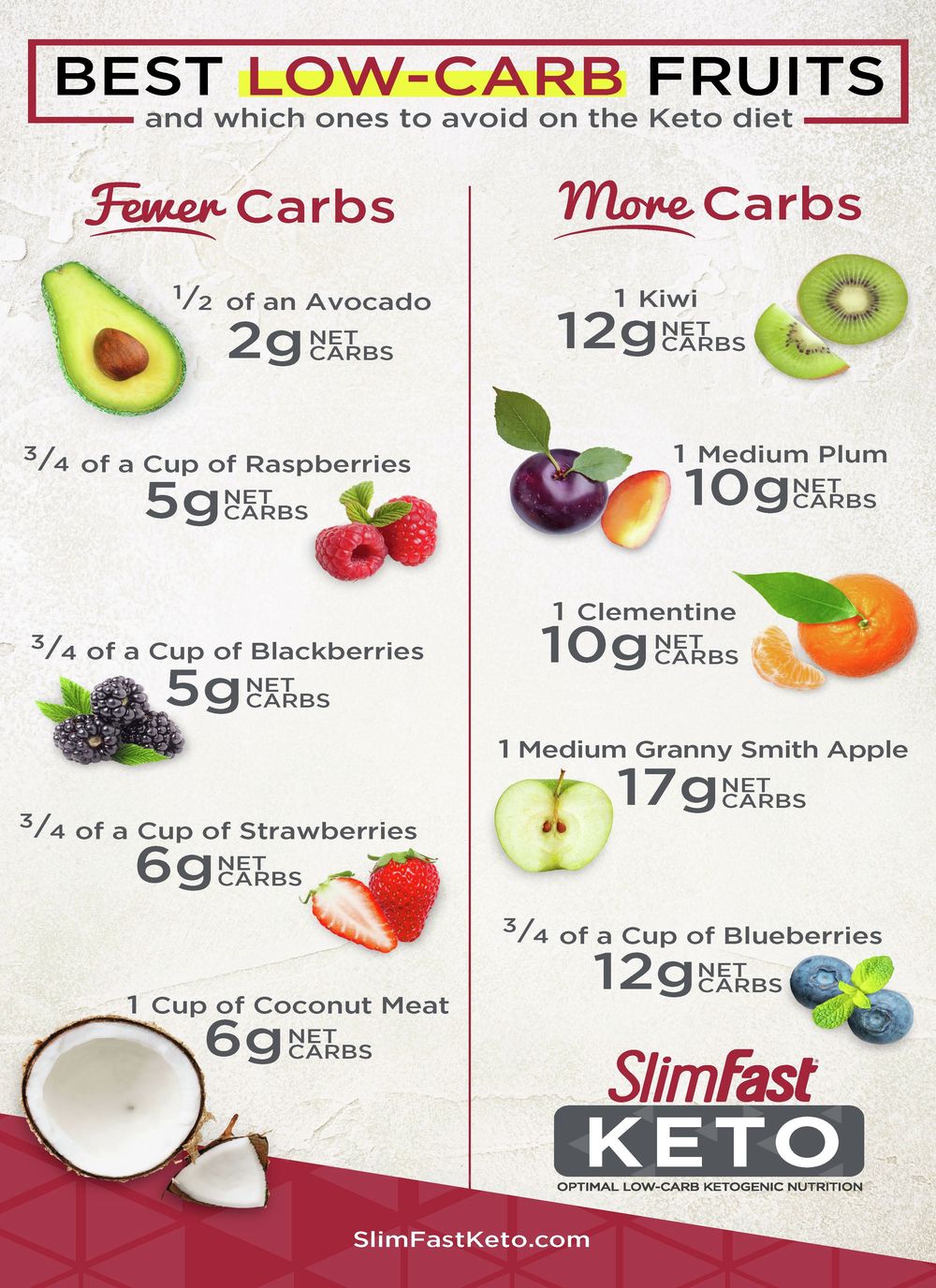
8. Pea Protein
When on a ketogenic diet, a pea protein shake or vegetable protein powder can be used as a meal replacement. Pea protein is recommended for those who avoid dairy, and especially for vegans. One serving contains less than a gram of carbohydrates. Recommended dosage: according to the label.
9. Vitamin D
Vitamin D deficiency is one of the most common nutritional deficiencies in the world. It also affects those who follow a ketogenic diet. Low blood levels of vitamin D are associated with an increased risk of osteoporosis, heart attack, stroke, and many types of cancer. Most adults who are deficient in vitamin D need 2,000 to 5,000 IU of this vitamin.
10. Whey Protein.
Whey protein is a popular supplement often taken with regular physical activity or as a meal replacement when looking to lose or not gain weight. It is obtained from cow’s milk. It is a popular source of protein among those trying to build muscle. A whey protein shake can be used as a meal replacement for a ketogenic diet.

 Studies have shown that Keto diets can reduce seizure frequency and severity in many children and adults with epilepsy who don’t respond well to the drug therapy.
Studies have shown that Keto diets can reduce seizure frequency and severity in many children and adults with epilepsy who don’t respond well to the drug therapy.  1 List of foods allowed on the ketogenic diet
1 List of foods allowed on the ketogenic diet